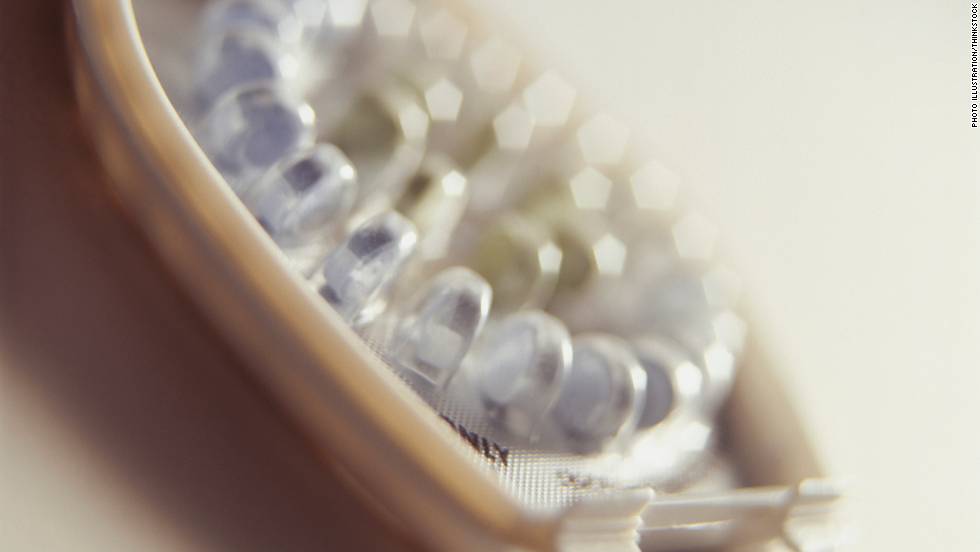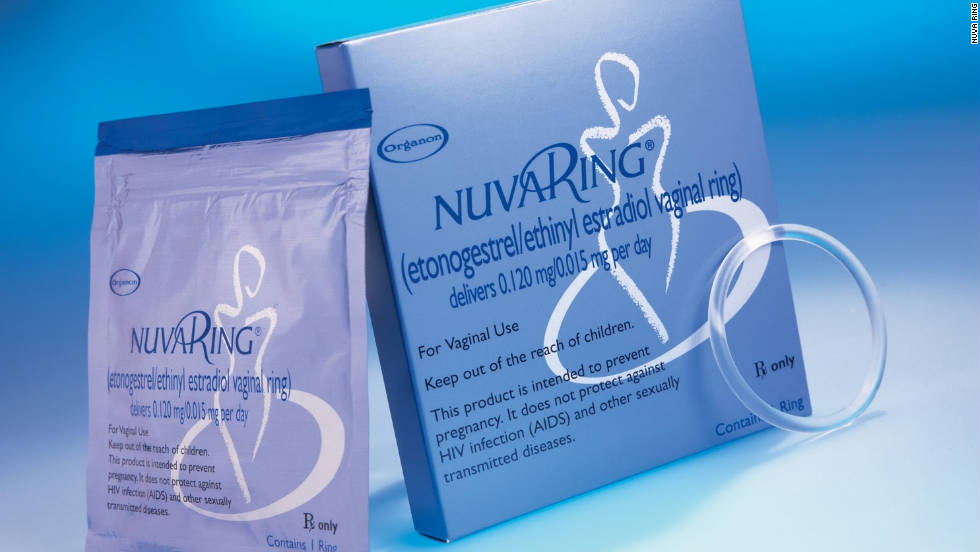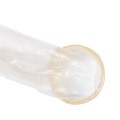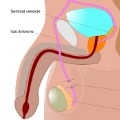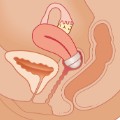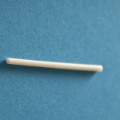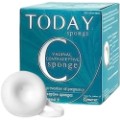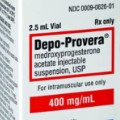Story highlights
- Study: Over 40% of women have experienced sexual dysfunction
- Problems can be biological, psychological, pharmacological and physiological
- Testosterone and estrogen play a role in sexual response
(CNN)Ask me about the most significant moments in sexual medicine history, and I'll name two: the creation of the birth control pill in the 1960s, and the introduction of Viagra in 1998.
When Viagra hit the market, it changed the face of sexuality for men, young and old, forever. It took sexual dysfunction from behind closed doors and brought it out into the open.
It also, however, highlighted the fact that research on women's sexual functioning and treatment was significantly lagging -- even though studies report that 43% of women have experienced, or are experiencing, some form of sexual dysfunction.
In 2004, the American Foundation of Urological Disorders identified distinct diagnostic categories for the most common women's sexual function complaints: hypoactive sexual desire disorder, sexual arousal disorder, orgasm disorder and pain disorders such as dyspareunia and vaginismus.
Here's what you should know about each:
Hypoactive sexual desire disorder
Hypoactive sexual desire disorder is defined as the absence of sexual thoughts or feelings. This is one of the most prevalent issues seen in female patients. For women, it can be stressful and negatively impact their relationships.
Causes include sexual trauma history, the quality of a woman's current relationship (I'm just not that into you ... ), hormonal imbalance and depression or anxiety.
When patients come to see me for this issue, I usually ask whether they fantasize about actors, models or even the pool boy. If they answer yes, then more than likely it is a relationship issue, not a psychological and/or biological issue. For women, it is hard to turn off the fight you had with your spouse earlier in the day or the fact that he constantly irritates you with something you don't like.
Most times the fix is communication and spending quality time together. A sex date is usually my prescription. Try it, you might like it!
Sexual arousal disorder
Sexual arousal disorder is defined as the inability to achieve or maintain adequate lubrication after sufficient stimulation. It oftentimes overlaps with sexual desire disorder. It can also be dependent on the stage of life a woman is in.
Menopause, for example, which is categorized by a significant loss of estrogen, can have a huge impact on a women's sexual activity. The loss of estrogen can lead to the loss of vaginal lubrication and cause vaginal atrophy, which can be painful.
For women who are not in menopause, sexual arousal can also be caused by a lack of blood flow to the labia, poor partner ability, hormones and other factors. Viagra has been prescribed for women to help increase arousal to the vulva, but it is not FDA-approved for use in women.
Arousal and desire at times go hand-in-hand. Men tend to forget that women need longer foreplay; it takes about 15 minutes or more to become fully aroused.
Foreplay for women is not only physical, but also mental -- it starts way before you get to the bedroom. So start the foreplay before you hit the bed. E-mails, text messages and even taking out the garbage go a long way.
Orgasm disorder
Orgasm disorder is defined as the inability to achieve orgasm. Being able to be aroused, either physically and/or mentally, is necessary in order to achieve orgasm.
For many women, orgasms are elusive because they are unable to stay in the moment. They are thinking about a host of other things which distract them from feeling and being present.
In addition, a lot of women do not know their bodies and/or have difficulty talking about what makes them feel good. How can you advocate for improvement if you don't understand what you are trying to improve?
Sometimes improving orgasm can be as easy as changing your sexual position. Switching a woman from the missionary position to being on top can help give her increased clitoral stimulation as well as control of the depth of penetration and rate of thrusting.
Pain disorders
Pain disorders in women are common place. At some point in a woman's life, many will experience painful sex.
Dyspereunia is defined as persistent or recurrent genital pain that occurs before, during or after intercourse. Vaginismus is the involuntary spasm of the muscles of the vaginal walls. There is a range of causes for these pain disorders that include insufficient lubrication, trauma, surgeries, irritation and emotional factors.
Earlier this year, Osphena was brought to market and has changed the lives of some women with pain disorders caused by menopausal symptoms. Vaginismus, on the other hand, is treated by using varying and increasing sizes of vaginal dilators, usually in conjunction with therapy.
When a patient comes about this issue I always want to know whether they use latex, as there may be an allergy, or if water-based lubricant is being used. Water-based lubricants tend to dry faster, needing repeated application. The drying out can lead to small vaginal tears due to friction. Silicone-based lubricants tend to be more slippery and need less reapplication, which often means less tearing.
Hormone issues
Biologically, women and men are quite different in their hormonal makeup, yet we share some of the same hormones in differing amounts. Testosterone and estrogen are our main hormones and have been found to play a significant role in our sexual response.
Testosterone, when it is at a low level in men, can lead to decreased desire and erections that are less firm. Women also need testosterone for desire. Research has shown that birth control pills tend to bind to the free testosterone in women's blood, leaving little to fuel desire.
There has been much conversation about testosterone being prescribed to women in order to improve sexual functioning. Despite the controversy, by 2006, over 1.3 million testosterone prescriptions were written for women. Women clearly are ready to change the status quo and reclaim their right to good sex.
Just start by asking, "Where's my orgasm?"



